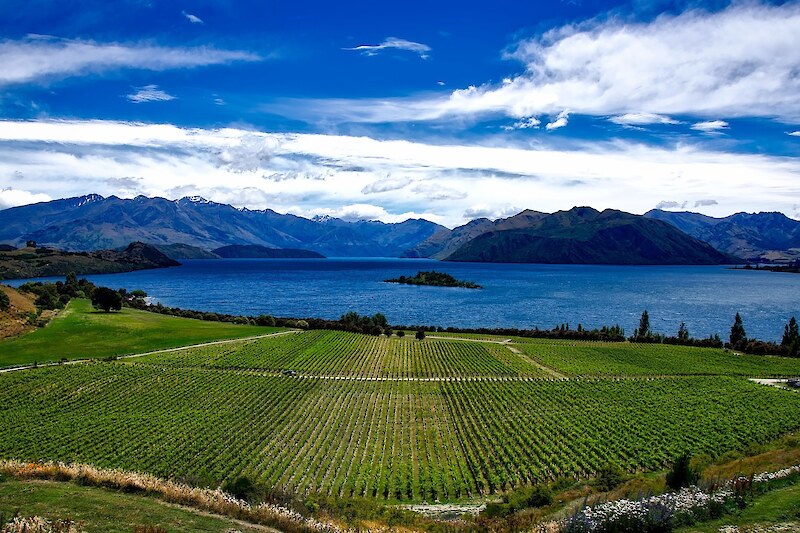
As environmental regulations and requirements grow in New Zealand, we’re seeing an increase in Regional Councils requiring Management Plans to be developed and submitted to Council as part of the overall Resource Consent framework. Typically, the Management Plan must be submitted to Council prior to the activity commencing. In addition, some Regional Councils require that the Management Plan is approved and certified by Council before the activity can commence.
Management Plans aren’t just required for farming operations (Farm Environmental Management Plans – FEMP), but can also be required for discharges to air, discharges to water, effluent and wastewater storage, and various discharges to land.
How Do you Know if You Need an Environmental Management Plan?
Generally, the Resource Consent will have a condition similar to the following:
Within one month of the consent being granted, the Consent Holder shall prepare and submit to the Consent Authority a Wastewater and Effluent Management Plan. The Wastewater and Effluent Management Plan shall:
- provide concise and clear direction to the Person in Charge and other staff on the operation of the discharge system;
- identify environmental risks of discharges specific to the properties including, but not limited to, the cumulative risks of the wastewater and farm dairy effluent, locations of drains, surface waterways, sub-surface drainage and critical source areas in the disposal area;
- identify how the above environmental risks are avoided;
- describe how each component of the wastewater system is maintained;
- describe how wastewater in storage is managed; and
- describe how wastewater is managed when soils are at or above field capacity and/or during adverse weather conditions.
What Do You Include in an Environmental Management Plan?
The intention of the Management Plan is to show how the operation will be managed and controlled in order to ensure compliance with consent conditions and to minimise potential environmental effects associated with the operation.
The content will need to align with the consent requirements (e.g. those above), but should be a useful reference document for your staff to guide their decision-making under various scenarios to ensure your operations remain compliant. To achieve this, there is usually process flow diagrams, operational and equipment information, problem-solving frameworks, maintenance standards, a description of the receiving environment, and details around required monitoring and reporting.
Depending on the nature of the activity, more targeted information may also need to be included, such as odour assessment frameworks and complaints response requirements.
Think you need support with developing an Environmental Management Plan? WM Environmental have a team with extensive operational and compliance experience who can support you by drafting the required documentation. We will liaise with you to understand how your operations work and collate this information to fulfil Resource Consent requirements. Our goal is to support our clients by streamlining the documentation process, by establishing robust systems to ensure a high level of compliance and by minimising the potential that drafted Management Plans are rejected by Council and need to be rewritten. Save time and effort – contact WM Environmental to discuss your Environmental Management Plan requirements.
Posted: 13 April 2020
